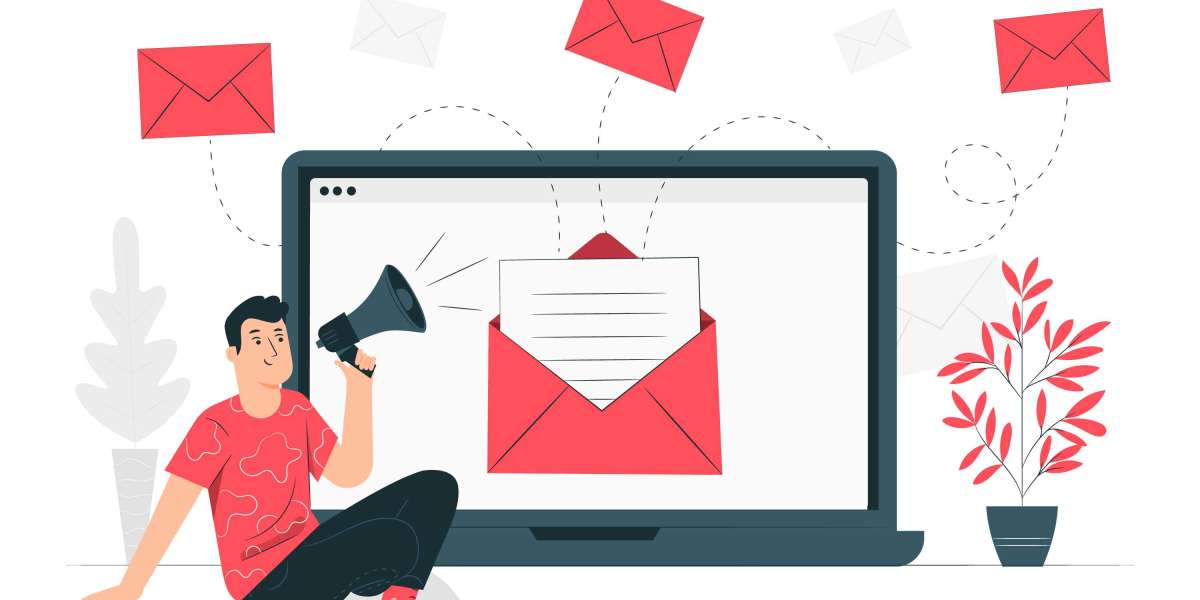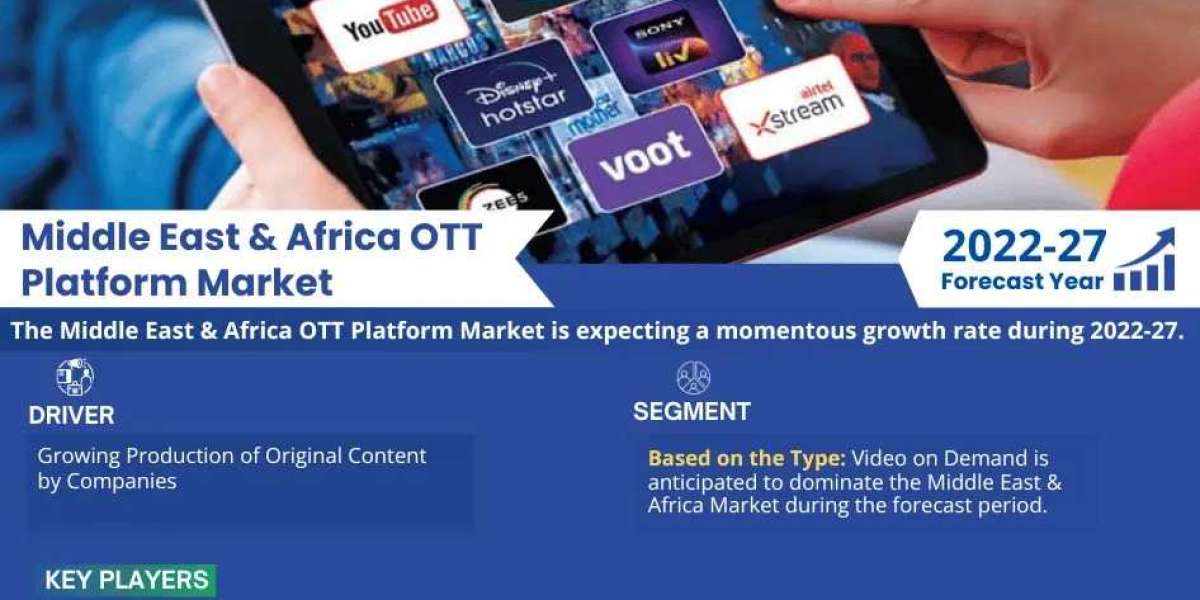Email Marketing: Guide For Beginners
Understanding Email Marketing
Email marketing is a straightforward concept. It's like sending letters, but instead of paper and mailboxes, you're sending messages electronically to people's email inboxes. It's a way for businesses or individuals to contact their customers or subscribers directly through email, utilising email marketing services. This could be to share news, promotions, updates, or to stay in touch. It's a powerful tool because it's cost-effective, allows personalized communication, and can instantly reach a large audience.
Different types of emails used in email marketing
Promotional Emails: These are emails to tell people about sales, discounts, or special offers.
Newsletter Emails: These are regular emails with updates, news, or helpful tips.
Welcome Emails: Sent to say hello to new subscribers and introduce your brand.
Transactional Emails: These are automatic emails confirming purchases or deliveries.
Abandoned Cart Emails: Remind people about items they left in their online shopping cart.
Re-engagement Emails: Encourage inactive subscribers to return and engage with your brand.
Educational Emails: Share helpful information or tips with subscribers.
Benefits of Email Marketing
- Email marketing is an affordable approach that companies can use to reach a large audience. In contrast to conventional marketing mediums like television or print, it's relatively inexpensive and can generate significant results with minimal investment. Email marketing is not just cost-effective; it's also highly efficient. With the right strategy, businesses can generate significant revenue from small email marketing budgets, giving marketing professionals the confidence that their efforts will yield results. Email offers a direct channel of contact for customers and prospects. Messages land directly in recipients' inboxes, allowing businesses to deliver targeted, personalised content.
- With email marketing, businesses can reach a global audience instantly. Geographic barriers are eliminated, enabling companies to connect with customers worldwide. There are many sites worldwide that are offering email marketing services.
- Email marketing platforms offer powerful segmentation and targeting features. Companies can divide up their email lists according to demographics, behavior, interests, and more, allowing for highly targeted and relevant messaging.
- Regular email communication helps businesses stay top-of-mind with customers and prospects. Consistent messaging builds brand awareness and fosters customer loyalty over time.
How do you create effective email campaigns?
Set Clear Goals:
Clearly defining your email campaign objectives is essential. Whether it's selling products, sharing news, or getting feedback, having a clear objective guides your strategy and ensures you achieve the desired outcomes.
Know Your Audience:
In terms of email marketing, defining your target audience is essential. Knowing who you're emailing and what they're interested in allows you to customize your messages to their needs, making your campaigns more effective and personalized.
Interesting Content:
Write content that is interesting and valuable to your audience. This could be tips, stories, promotions, or news.
Mobile-Friendly Design:
Make sure your emails look good on both computers and mobile devices. Most people read emails on their phones these days.
Clear Call-to-Actions:
Tell people what you want them to do next: buy something, read an article, or sign up for an event.
Keep Content Simple:
Do not overload your emails with information. Keep them clear, concise, and easy to read.
Track Your Results:
Keep track of how your emails are performing. Look at open and click through rates to see what's working and what isn't.
How to Send Marketing Emails?
- Use segmentation in email
After adding individuals to your list, you must divide them into various groups.
This way, you'll have easier-to-manage subcategories rather than a single email list of everyone about your subscribers' unique characteristics, interests, and preferences.
After all, our subscribers are humans, and we should treat them as such. That means not sending generic email blasts.
- Analyze your email marketing performance.
Once you've got your first few campaigns, it's time to see how they perform.
By examining your email marketing analytics, you can make better decisions to improve your company's bottom line, connect with your readers, customers, and subscribers, and provide evidence of your work to the rest of the organization.
These are the best methods for evaluating your email marketing campaigns' efficiency.
- Set email marketing KPIs
When reviewing the success of your email marketing campaign, there are four essential criteria to consider.
- Deliverability measures the rate at which emails reach your intended subscribers' inboxes.
- The open rate is the percentage of people who open your email once it reaches their inbox.
- Click through rate (CTR) is the percentage of people who click on your CTAs.
- The number of people who unsubscribe from your email list after receiving it is measured by unsubscribes.
- Use an email marketing report template.
Once you've got some campaigns, it's time to look at how they performed. Your data only works if you can report it in an organized fashion.
An email marketing report is a spreadsheet that compiles your results in one location. Its purpose is to draw conclusions from your KPIs and assist you in improving them.
Email marketing strategies help businesses in direct customer communication. Understanding basics and leveraging potential create impactful campaigns. Diverse email types and segmentation ensure global reach. Success relies on clear objectives, audience understanding, compelling content, and continuous optimization. Adhering to best practices and monitoring performance nurtures customer relationships, yielding tangible results in the digital landscape.
Top of Form
FAQ's
How does email marketing work?
Usually, email marketing involves gathering a list of subscribers who have chosen to receive emails from your business. These subscribers can be segmented based on various factors, such as demographics, interests, or past purchase behavior. Businesses then create and send targeted email campaigns tailored to each segment to engage subscribers, drive action, and achieve specific objectives, such as promoting products, announcing events, or sharing valuable content.
How can email marketing support the growth of my company?
Email marketing is a powerful tool for business growth. It fosters relationships with your audience, boosts brand awareness, drives traffic to your website, and generates leads and conversions. With segmentation and personalization, you can tailor messages for maximum impact. Plus, it provides measurable results to optimize future campaigns.
How long does it take to see results with Email Marketing?
The timeline for seeing results with email marketing varies based on factors like list engagement and campaign strategy. While some improvements, like increased open rates, may be seen within weeks, significant results, like increased sales, may take several months of consistent effort. Continuous optimization and strategic planning are critical to long-term success.







